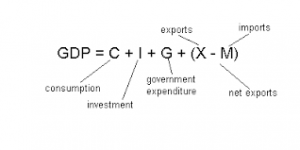As January makes its way into February, it must catch some people by surprise at how quickly the year is passing. How many people set themselves New Year’s resolutions at the start of the year? How many people are sticking to their resolutions and how many have already broken theirs? How many made resolutions to get their finances under control, but are still struggling?
Getting finances in order is one of the most common New Year’s resolutions.
People routinely start the year intending to save more money, pay down debt or to start investing or a combination of these.
But unless they can define what it is they want and have a solid plan in place, it can be easy to let old habits take over and then they’re back to square one and nothing is achieved.
 It’s time to give this some thought and put practices and habits in place so you end the year better off financially than how you started it.
It’s time to give this some thought and put practices and habits in place so you end the year better off financially than how you started it.
Firstly, be clear and know what the end goal is and what the outcome is that you want to achieve.
If you are saving, what is it you are saving for, a house, a car, a holiday or just to have some spare emergency cash?
If you want to pay off your debts, what are they, how many are there, how much extra can you contribute towards paying them off and can you avoid adding more debts?
If you want to start investing, for what is it going to be? If for retirement, how long have you got until then, and are you a risk taker or risk averse? How much can you put aside regularly to invest? Are you prepared for the risk?
When your goals are more defined, your path and the definite actions you need to take also become clearer.
Here are some tips on getting finances in order:
- Saving: Set up a separate not easily accessed account and regularly transfer either a percentage of all income or a fixed amount into it.
- Reduce or pay off debts: Write a list of all your debts. Work out how much extra can be put towards your debts. Choose the one you intend to pay off first and put the extra amount towards this debt until it’s been repaid. Do the same with the next debt.
- Start investing: Are you a risk taker or risk averse? If you don’t like the volatility of the stock market and don’t want the responsibility of being a landlord, or you don’t have a lot to invest you might want to start with a property or equity trust into which you make regular contributions.
- Have a plan: What amount do you need to save? What are your total debt repayments? How much will you need to retire? How can you make adjustments without compromising your lifestyle too much? If you answer these at least you will have a figure you know you need to work toward. Break this figure down to annual, quarterly, monthly and then weekly amounts.
 Meeting your financial goals should not be a difficult or time consuming task. If you keep it simple you’re more likely to attain it.
Meeting your financial goals should not be a difficult or time consuming task. If you keep it simple you’re more likely to attain it.
You will also be more likely to be successful if what you want to achieve is congruent or resonates with you. If you’re working towards something that you really want, then there’s more incentive for you to continue along the new path you have chosen for this year.
Persist with it, as it’s worth it when you have saved the amount you need for your special purchase, you no longer have any debts to worry about, your financial future now looks more secure or you have achieved your financial goal. That’s a great feeling and one New Year’s resolution you kept and achieved.
But the best news is that this doesn’t have to be a New Year’s resolution, you can start it at any time you like, whenever it suits you.
 Read the article on Family Capers
Read the article on Family Capers

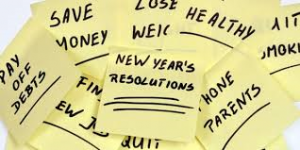






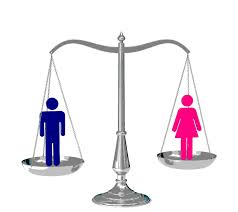


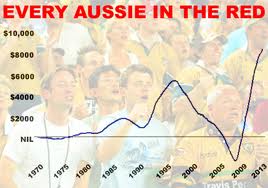


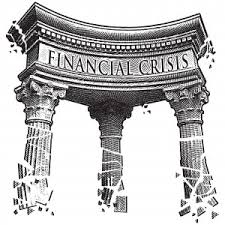 Why I think there will be global economic turmoil ahead of us:-
Why I think there will be global economic turmoil ahead of us:-